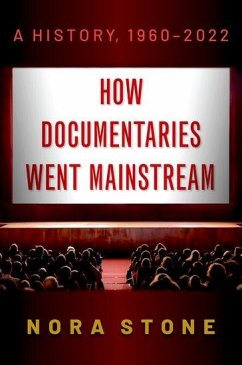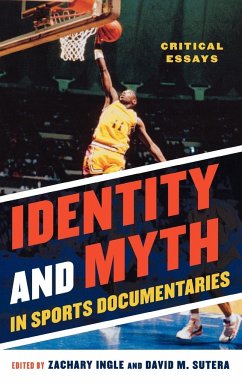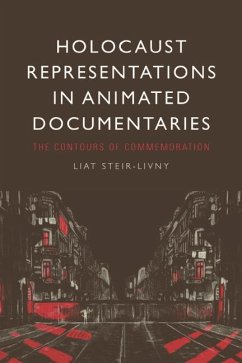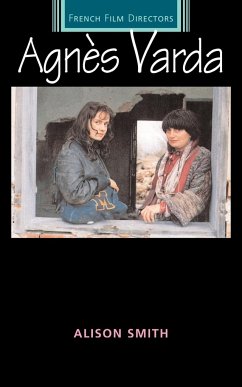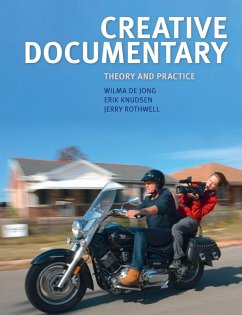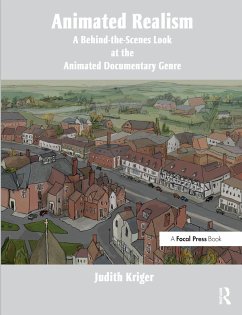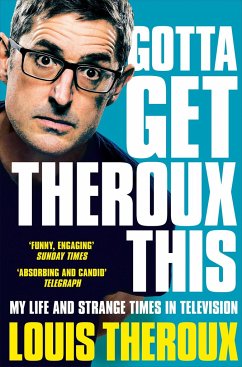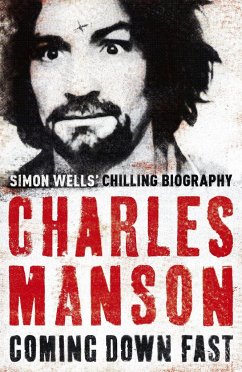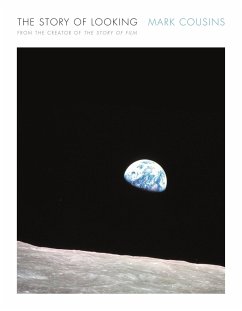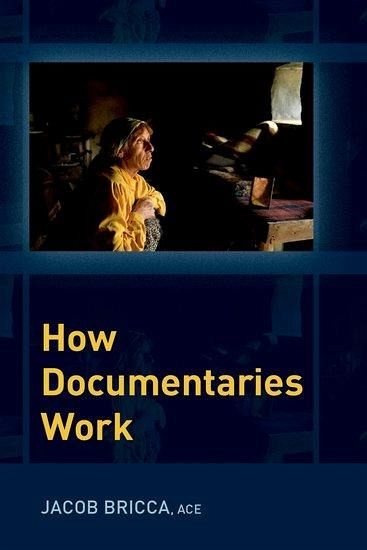
How Documentaries Work
Versandkostenfrei!
Versandfertig in über 4 Wochen
24,99 €
inkl. MwSt.
Weitere Ausgaben:

PAYBACK Punkte
12 °P sammeln!
How Documentaries Work breaks down the hidden conventions of documentaries in clear and accessible language for film students and documentary enthusiasts alike. Jacob Bricca, ACE, an award-winning documentary director, producer, and editor, provides a behind-the-scenes, under-the-hood view of what's really going on in the construction of nonfiction films and television shows. This book presents examples from contemporary documentaries and docuseries and delivers insights from some of the most exciting nonfiction filmmakers and craftspeople working today, including director Steve James (City So...
How Documentaries Work breaks down the hidden conventions of documentaries in clear and accessible language for film students and documentary enthusiasts alike. Jacob Bricca, ACE, an award-winning documentary director, producer, and editor, provides a behind-the-scenes, under-the-hood view of what's really going on in the construction of nonfiction films and television shows. This book presents examples from contemporary documentaries and docuseries and delivers insights from some of the most exciting nonfiction filmmakers and craftspeople working today, including director Steve James (City So Real, Hoop Dreams), producer Amy Ziering (Allen v. Farrow, The Hunting Ground), editor Aaron Wickenden, ACE (Roadrunner: A Film About Anthony Bourdain, 20 Feet from Stardom), and composer Miriam Cutler (RBG, Lost in La Mancha). Chapters such as "Flow," "Narrative," and "Time" offer a new way of looking at documentary film language, while others like "Titles," "Music," and "Sound" deliver extraordinary insights on seemingly ordinary topics. A compact volume written in plain, easy-to-understand language, this book promises to change the way you think about nonfiction films and television shows forever.




